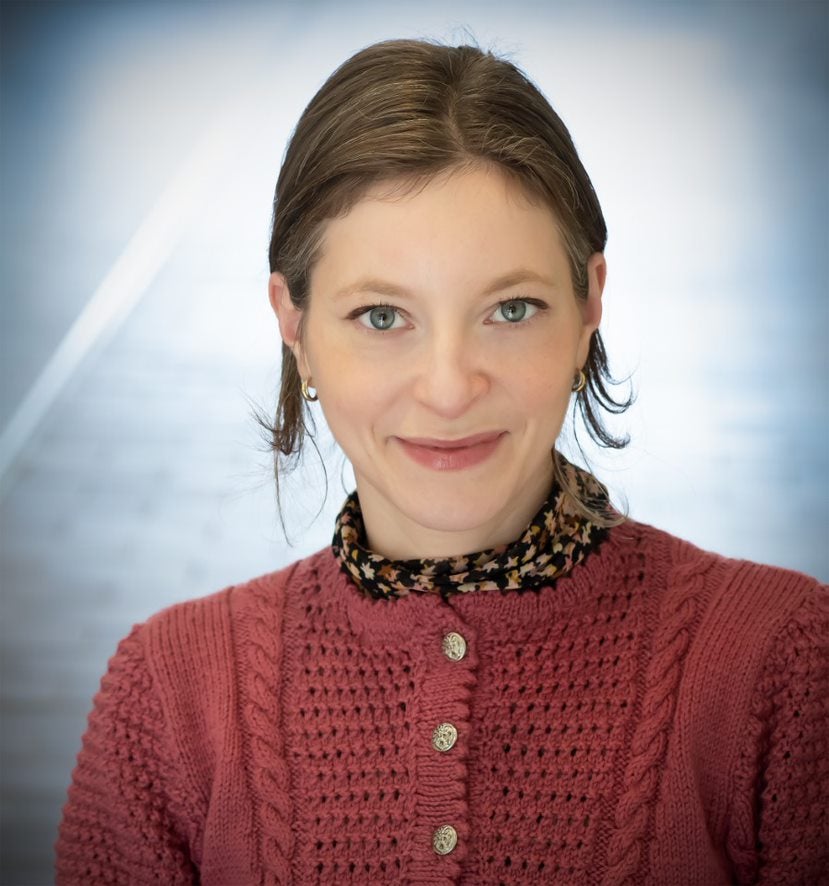Without our body we are nobody. Through our bodies we experience and present ourselves in the world around us. Due to digitalization and capitalist notions of value we tend to reduce our (ideated) body more to a tool for representation in the digital environment and neglect its power of experiencing itself. The COVID-19 pandemic has confronted us with the negative effects of neglecting our physicality, leading to physical and mental damage. By living mentally online we forgot how the body ‘works,’ as in how it feels, moves, and smells; we withdrew, alienated. Do we need to change the relationship with our body and how? How can we redefine our body; what is the essence of the body, and how does it function in the digital age? In Some Body, artists and scientists share their perspectives on this matter.
Featured artists Marijn Bax, Simon Keizer, Sissel Marie Tonn and Coralie Vogelaar present their research at the VU ART SCIENCE gallery. Based on their works, scientists with a similar approach from both Vrije Universiteit Amsterdam and Amsterdam UMC will engage with the artworks and the artists in a series of art science dialogues.
Microplastics
Where does the body begin and end? The video Becoming a Sentinel Species (2020), displayed in the large cabinet, shows the fluidity between the body and its environment. In this fictional story, immune cells are infected with seaborne microplastics. This leads to hallucinations in which bodies become one with the primordial sea. The video is a co-production of artist Sissel Marie Tonn with microplastics expert Heather Leslie and immunologist Juan Garcia Vallejo, and the winner of the 2020 Bio Art Design Awards. The project was inspired by the role of a sentinel, a species that functions as a canary in a coalmine, used to measure environmental pollution.
Social media
The work of Marijn Bax focuses on the opposite: disconnection between bodies and their environment. Large printed scarves hung in the gallery space show anonymous digital bodies that have become detached from their personalities. Following on the invitation for this exhibition, Bax reshaped the 2019 work #feelme. In this work Bax observes how the body is displayed on social media like Instagram and reduced to a marketing tool that serves the mind. What does it mean to position a body on a digital platform and let go of its ownership? Her installation invites us to reconnect with our and other bodies and experience ourselves again.
Data
The kinetic man-machine works of Coralie Vogelaar also examine the effect of body language being reduced to data. They confront us with the discrepancy between the uncontrollability of our own bodies and the rigidity of hard data and AI. In Infinite Posture Dataset a person on a life-size screen performs a range of postures, while the screen moves back and forth at high speed. As the person lacks a face or identity, the gestures become abstract and unreadable. Communication is doomed to fail in this out of control gymnastic installation. In Vogelaars’ interactive installation Cardiac Biofeedback Measurement # 1 one’s heartbeat is detected by a loud tick. The irregular, clinical sounds expose our own uncontrollability and the discomfort we experience when made aware of that.
Abraham Kuyper
The Man with Ten Faces and a Hundred Arms approaches the body from the perspective of religion and explores the idea that body and spirit are separated. Basing himself on the historic, religious foundation of the Vrije Universiteit Amsterdam, Keizer focused his research on VU's founder Abraham Kuyper - a principal figure of the reformist movement in The Netherlands. Keizer discovered that Kuyper suffered from depressive episodes and burn-outs and found a way to rebalance his troubled mind by an almost obsessive dedication to walking in nature.
Co-production
Some Body covers an exhibition at the VU ART SCIENCE gallery and a series of ART SCIENCE dialogues. Some Body is a co-production between the VU ART SCIENCE gallery and Amsterdam UMC Art Affairs.

